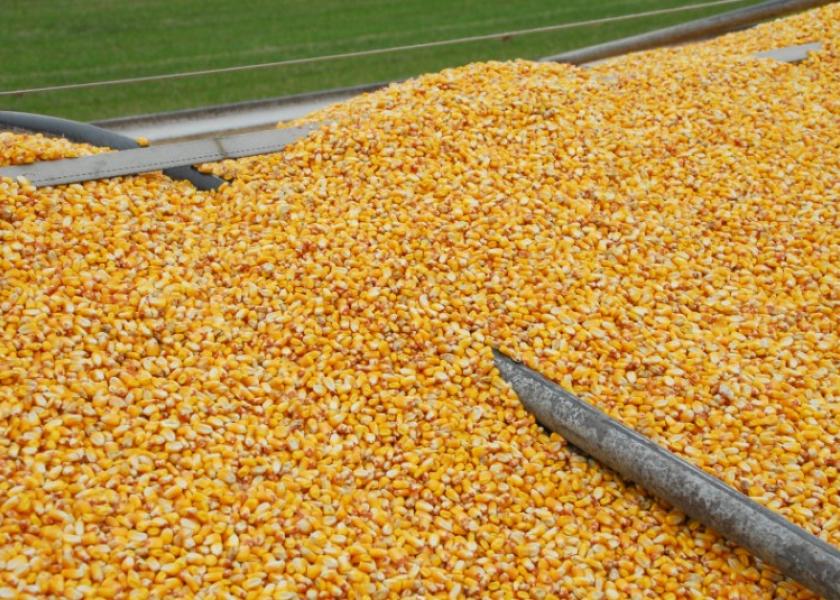Countdown to Atrazine Decision by EPA Underway

The countdown to a final decision by the U.S. Environmental Protection Agency (EPA) is underway that could impact the future use and efficacy of atrazine on corn, grain sorghum and sugarcane acres. The 60-plus year-old product is used on more than 70% of U.S. corn acres to control grass and broadleaf weeds.
EPA is weighing whether to implement its recent decision, announced June 30, to change the current level of concern (LOC) standard for atrazine from 15 parts per billion (ppb) to an LOC of 3.4 parts per billion.
Why? EPA said it had “determined in its proposed revised interim registration review decision (IRRD) that the LOC is 3.4 ppb with additional label mitigation measures required for atrazine use.”
The Agency then opened a public comment period of 60 days, which ended on September 6.
“After considering comments on the proposed revisions to the atrazine ID, EPA will determine if any changes are warranted to the proposed revisions and then release its decision on this re-evaluation,” the Agency said.
A number of industry groups and manufacturers have cried foul over the Agency’s review process and pending decision.
Syngenta says “EPA’s decision to adopt an atrazine LOC of 3.4 ppb is inconsistent with the scientific and regulatory record and contrary to the advice provided by several FIFRA scientific advisory panels.”
According to Syngenta, “EPA proposes label mitigation measures (among others) that would be lowering maximum annual rates [of atrazine products] to 2.0 lbs a.i./acre, which represents a potential 20% reduction in annual rates in field corn. This creates a challenge for growers to manage weeds and impacts the many premix products that growers use and need, and which are developed for optimal efficacy while ensuring environmental safety.”
The National Corn Growers Association (NCGA) leadership also expressed frustration and disappointment with the EPA’s decision.
“We can feed and fuel the world and fight climate change, but we can’t do these things without modern farming tools, and atrazine is a tool that is critical to our work,” said Chris Edington, NCGA president, in a news release.
Syngenta says at this point, it is difficult to predict when the atrazine label mitigation measures would be finalized and implemented by EPA, but EPA could require that they be implemented as soon as Fall 2023 and put in effect for the 2024 growing season.
“The impact on farmers due to these changes is significant and unprecedented. An LOC of 3.4 ppb would impact over 65 million acres of corn, sorghum and sugarcane,” the company says on its website www.atrazine.com.
“We urge EPA to be more fully transparent in promptly making available, to the public, all relevant data and its rationale for adopting an atrazine LOC of 3.4 ppb, using its WARP-MP model, and requiring additional label mitigation measures.”
There is an EPA docket open at https://www.regulations.gov/docket/EPA-HQ-OPP-2013-0266 where farmers and retailers can learn more details from the Agency.







